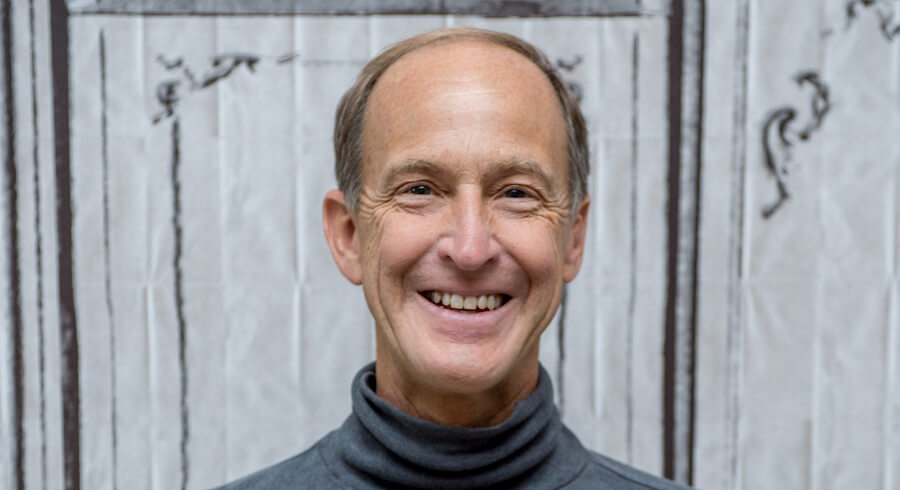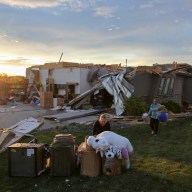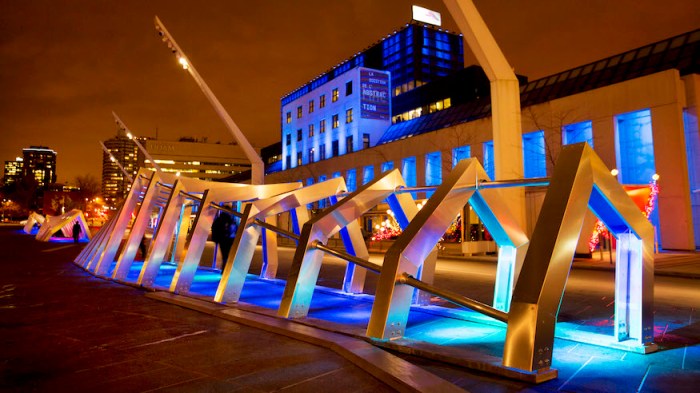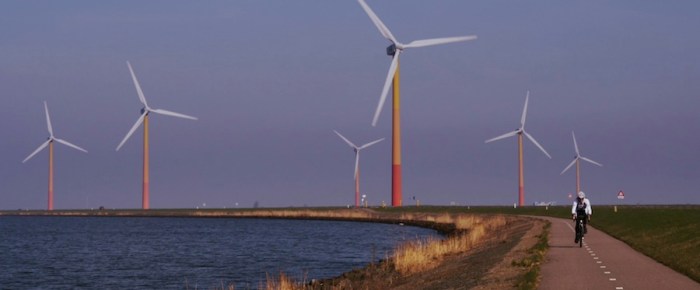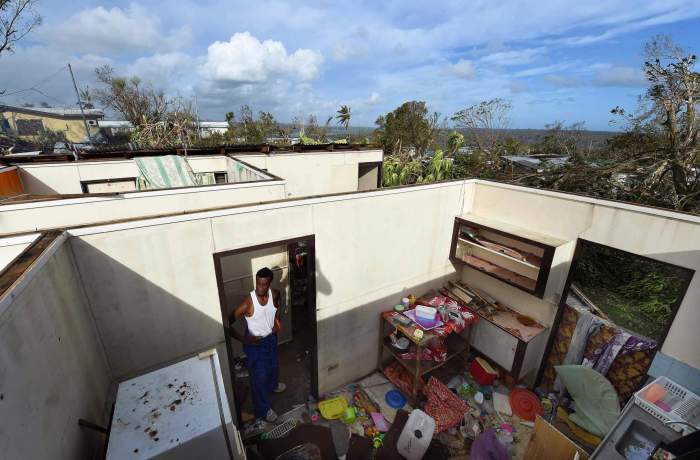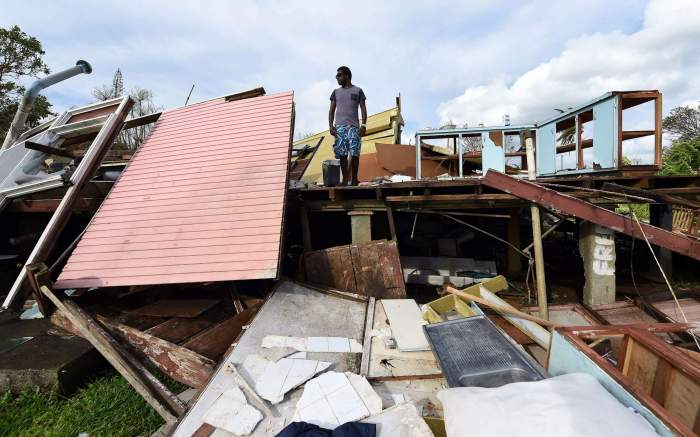A lot of docs on serious issues tend to be filled with talking heads. But the images in this are mostly very formal shots of nature and cities. How early on did you think of this in terms of visuals, not just content?
I thought quite early on that the film had to be visual. It had to show the beauty of what’s at stake. There’s natural beauty, but I also find cities beautiful, and buildings and architecture.
You had an army of cinematographers shooting all over the world. Was it a case where you sent people off and then compiled the footage or were you often on the ground with them?
In most cases [he was there]. There were a couple times when schedule or a timing conflict made it impossible to be in two places at once. For example we were shooting in Nigeria at the same time we were shooting in Indonesia. There were a couple of things I couldn’t be present for, because we were filming covertly and my presence as a Caucasian would have just stuck out. We had Chinese people do the covert filming.
RELATED: Howard Hawks’ “Only Angels Have Wings” gets the Criterion treatment
How difficult was it shooting covertly, especially given how confident and clean the images are?
There were cases where we had to pay people off. There were cases where we couldn’t get caught at all. There were also several circumstances where we felt to be under some degree of physical threat. I wasn’t in Nigeria, but people who were there — people who have a lot of experience shooting in rough places, including in combat — they said they found the filming there to be some of the most difficult and dangerous they’d ever done. When we were filming in Appalachia in West Virginia, we were followed and physically threatened. But luckily nobody was hurt.
RELATED: Review: “Unlocking the Cage” is not only an activist film about animal rights
You almost made a narrative film about Hillary Clinton, which was unable to happen due to a number of circumstances. (You can read about that here.) Is fiction still something you’d like to segue into?
Yes. In fact, I’ve written a screenplay, a thriller that I’ve been working on, with a producer. We might be getting close. If so I’d end up directing a thriller. I’d love that. I love thrillers. I’ve spent a good fraction of my life reading and watching them.
Is there some kind of connection between thrillers and these issue docs you’ve made?
Certainly between investigative journalism and thrillers, you’re dealing with people who have something to hide and they don’t want me to find out what’s going on. That’s something I find very enjoyable, in a sometimes quite childish way, even when working on serious subjects. And synthesizing or constructing something out of lots of disparate pieces — that’s an activity I find enjoyable.
Follow Matt Prigge on Twitter @mattprigge

